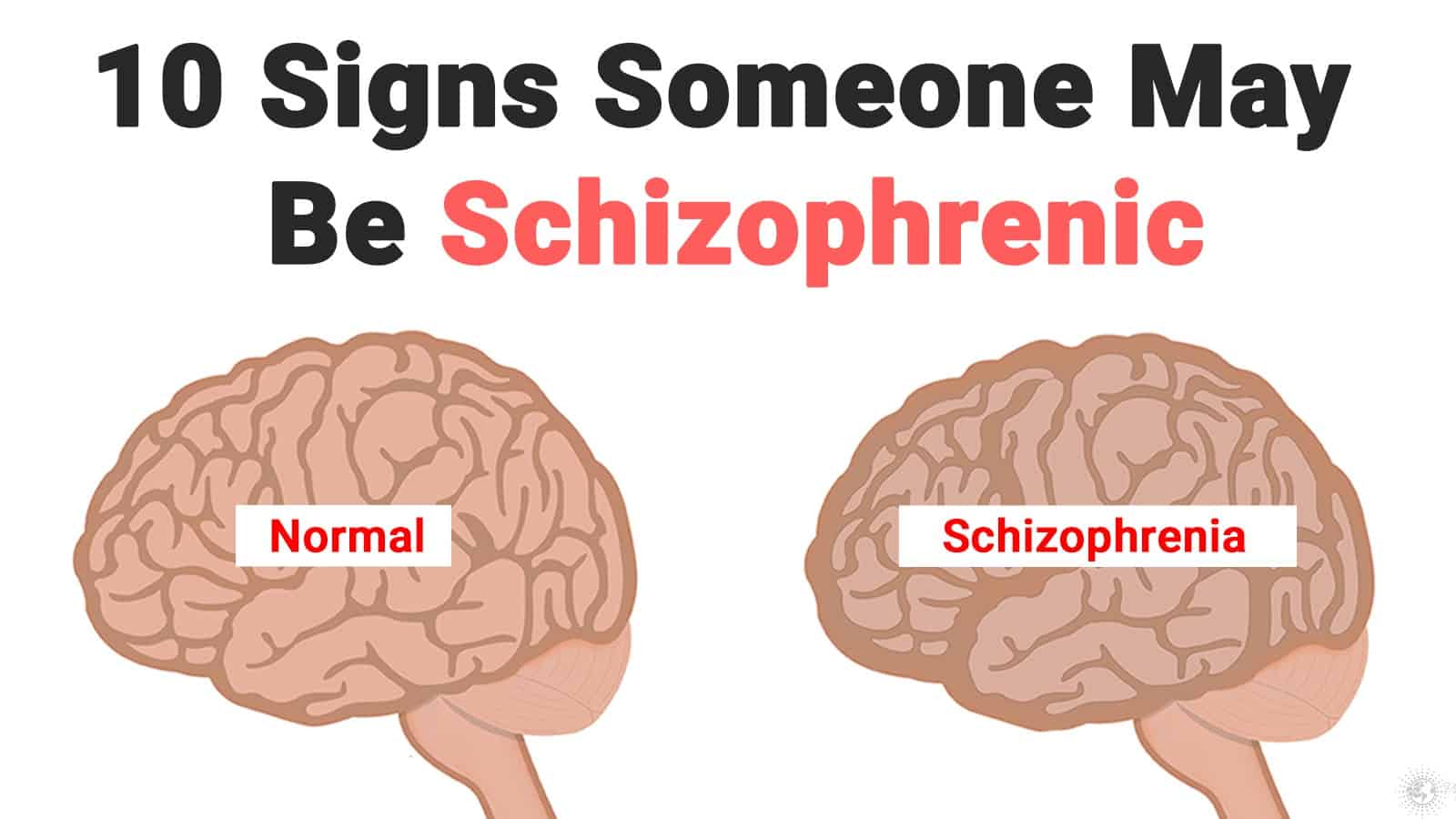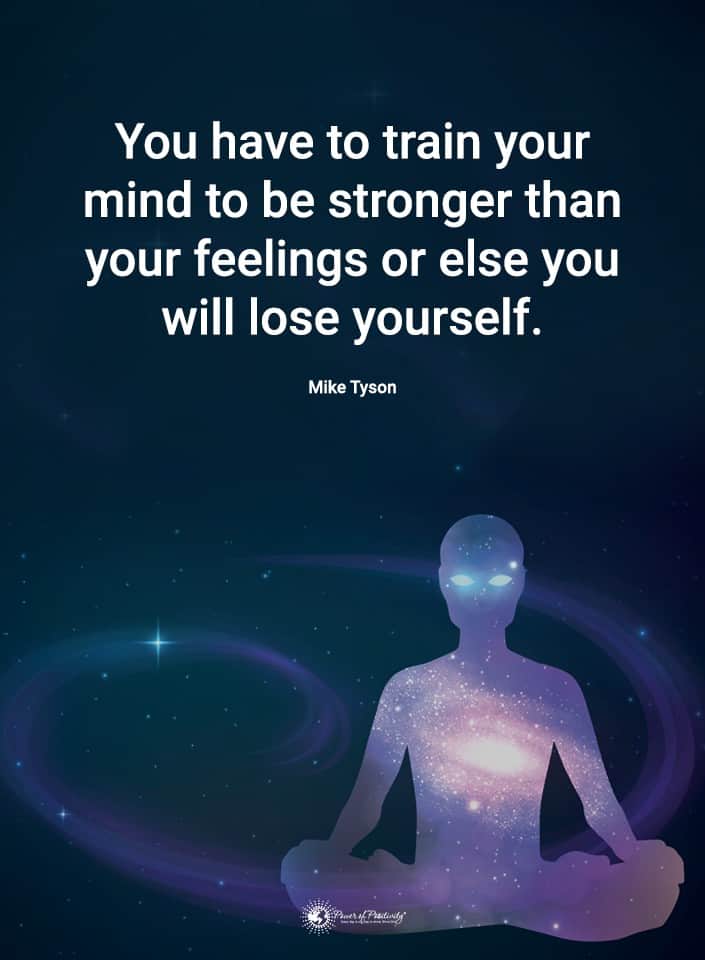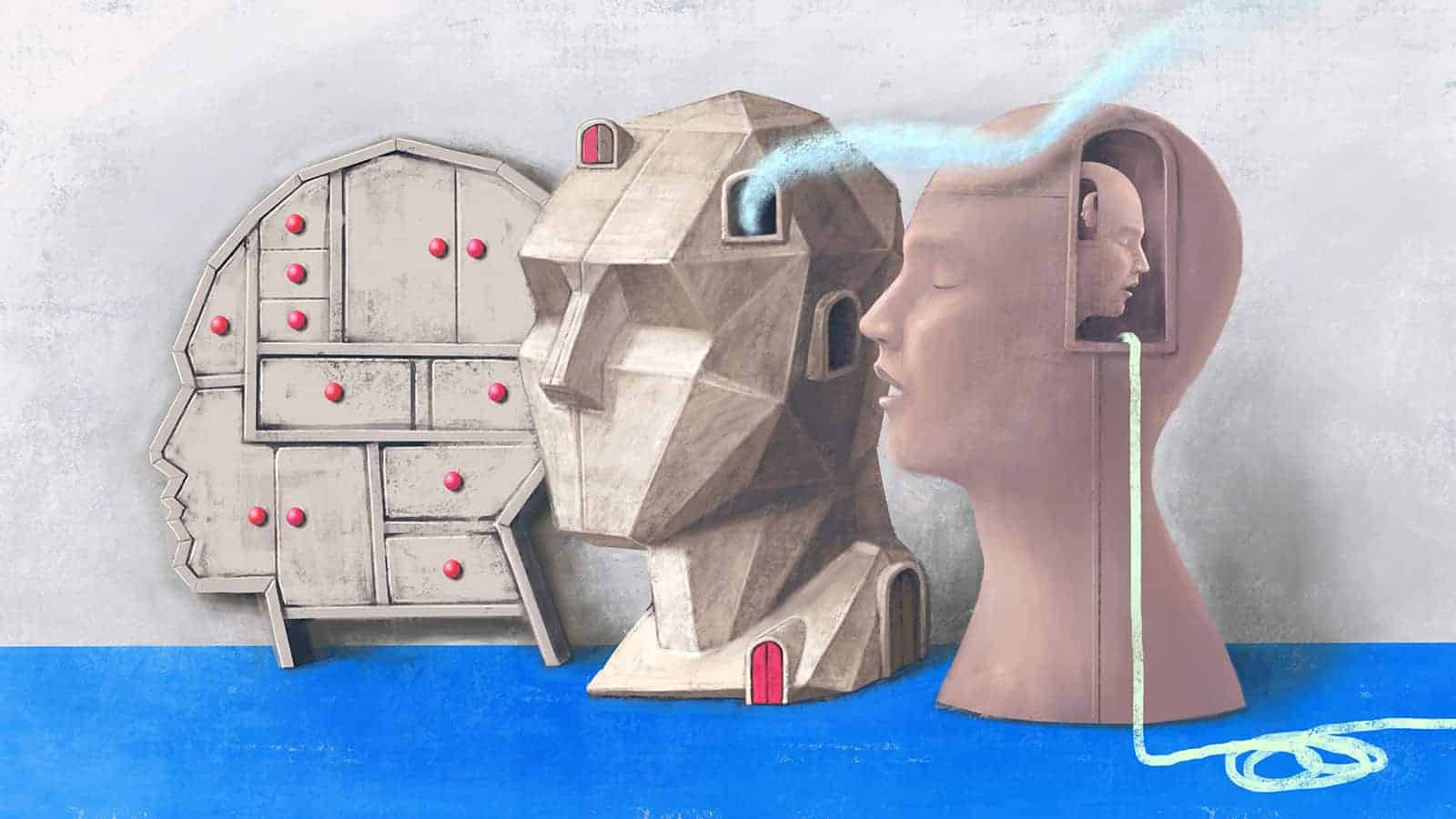Psychological disorders are common, but still not acknowledged enough. Many people suffer from mental illnesses whether it is hereditary or acquired. It is important to bring these symptoms to light.
Today, it is average to have mental instability. Factors of the pandemic and with poverty being at an all time high, it is regular for anyone to be in a bad headspace. According to John Hopkins medical experts, 1 in 4 people is suffering from mental illness.
Most individuals do not talk about psychological disorders. They are not aware that they have it. Below is a list of ten of the most common types of psychological disorders that a person may have.
10 Types of Psychological Disorders
 1. Depression
1. Depression
Have you ever had the feeling that you want to stay in bed all day or be anti-social? Perhaps you’ve had a general rush of sadness? Feeling this way every now and again is okay but once these symptoms present themselves for an extended period, you can say you have depression.
Psychologists identify two frequent types of depression: postpartum and seasonal affective disorder (SAD).
Depression is one of the most researched psychological disorders in the scientific community because it seems to disproportionately affect the BIPOC community. There are many theories as to why this occurs. One of them is that the BIPOC community receives substandard medical treatment, so they either don’t report the depression or cannot get treatment for it.
Studies show that BIPOC people seem to suffer from acute depression less than Caucasians, but they suffer from chronic depression at a much higher rate. Socio-economic status sees to be a major reason this occurs.
2. Anxiety
Michael Stein, Psy.D. defined anxiety as anxious thoughts and emotions with nervous behavior. Another way to define it is an excessive feeling of fear or nervousness that gets a person to a to the point of not being able to function. It stems from an environmental stimulus or it can be genetic.
Anxiety is normal and there are over 3 million cases of it in the United States alone. Anxiety is the way your brain alerts you to be cautious. It’s a part of the “fight or flight” system in your brain. However, when it negatively affects your quality of life, it crosses over to being a psychological disorder.
Once anxiety begins to affect your everyday living tasks, it is common to seek help. A doctor can analyze this psychological disorder through talk therapy and sometimes medication can also be used. An interesting fact about people suffering from anxiety is that they also have high empathy.
3. Bipolar Disorder
This type of psychological disorder occurs when a person has a dramatic shift in their moods. If you witness someone who shifts from excitable to unhappy almost in the blink of an eye, they may suffer from this disorder. The lowest of these moods could result in severe depression.
Bipolar disorders can affect behaviors, sleep patterns, and the train of thought. There are three types of bipolar disorders: bipolar 1, bipolar 2, and cyclothymic.
Bipolar 1 happens when a person has severe mood swings from mania to depression. Bipolar 2 happens when the person suffers from milder versions of mania followed by major depressive episodes. Cyclothymic occurs when the person has severe hypomania episodes followed by milder depressive episodes. It is important for a doctor to identify the type because they all are treated differently.
4. Obsessive Compulsive Disorder (OCD)
Obsessive Compulsive Disorder (OCD) is one of the most common psychological disorders. It usually presents itself by the time a person hits puberty. It’s characterized by obsessive organization and a need to control almost everything surrounding the person’s life.
Many of these behaviors of a person suffering from OCD make no sense to the average person. An example of an OCD behavior would be washing your hands five times in a row. Another one would be checking the locks in your house every five minutes. To people with this disorder, they justify repetitive behavior.
Doing these repetitive behaviors in a specific set of numbers is also characteristic of this psychological disorder. For example, the person that washes their hands five times in a row may also need to have five washcloths on the shelf, five chairs around their table, and five pairs of socks in their drawer.
5. Phobias
Everyone is afraid of something. Some people handle these fears well while others have trouble pushing through their fears. A phobia is a psychological disorder that gives a person extreme or exaggerated fears that debilitate their actions.
Anxiety usually goes hand in hand with phobias. The same symptoms of anxiety can occur when you have a sudden rush of fear.
There are hundreds of phobias, and psychologists are continuously identifying new ones. Harvard Health identifies three categories that phobias are sorted into:
- Specific phobia, also called simple phobia. This is where the person has a specific fear. It’s the most common type of phobia and is often genetic.
- Social anxiety disorder is more than being shy. It’s a severe disturbance caused by interacting with people.
- Agoraphobia is the fear of being in public places where there isn’t a quick exit. This can be accompanied by panic disorders.
 6. Schizophrenia
6. Schizophrenia
This psychological disorder is the most difficult, as it alters reality from fiction. Schizophrenia is a brain disorder that gives a person delusions and hallucinations. Most people who suffer from this disorder inherited the disorder.
The most common type is paranoid schizophrenia. Paranoid schizophrenia is lifelong condition and comes with paranoid delusions. Some people with this type of schizophrenia can be aggressive.
This type of schizophrenia is managed with medication. As long as the individual takes medication, they can function normally in society. However without the medicine, symptoms of paranoid schizophrenia may become so acute that an individual may end up in a mental ward.
7. Eating Disorders
It may be hard to believe that eating disorders are psychological disorders. Pizza, burgers, and wings can be addictive. For some people, they suffer from unmanageable eating. Other people may not want anything at all. When a person has strange, reckless, unhealthy eating habits, they are suffering from an eating disorder.
Eating disorders are disruptions of eating habits that alter a person’s mental state. Types of eating disorders include:
- Anorexia nervosa – the most common; characterized by believing they are overweight when they are not.
- Pica – eating things that are not food.
- Binge eating – when a person eats an unbelievably large amount of food in a short time without being able to control their eating.
- Bulimia nervosa – when a person binge eats, then causes themselves to vomit, so they don’t digest the food.
- Rumination – a newly recognized disorder; characterized by a person who regurgitates previously eaten food, re-chews it, then either swallow it or spits it out.
8. Post-traumatic Stress Disorder
Post-traumatic stress disorder (PTSD) is a psychological disorder that occurs due to some traumatic event that the person experienced or witnessed. This is common in people who have been in the military or abusive relationships.
Common symptoms of the disorder are nightmares, being on edge, startled responses, and even flashbacks. Triggers could come from everyday stress. Even simple things like loud noises could be a trigger.
PTSD can severely debilitate a person’s normal functioning so doctors recommend quick evaluations for the afflicted person. If it isn’t too severe, therapy could help the person function normally.
9. Attention-Deficit Hyperactivity Disorder
In children, hyperactivity is an anticipated trait. That trait can be diagnosed as attention-deficit hyperactivity disorder (ADHD) when combined with inattentiveness and impulsivity. This disorder is most commonly diagnosed in children and can be diagnosed as early as three years old.
While there are several risk factors for ADHD, scientists and doctors aren’t sure what causes it. It appears more frequently in females and is a life-long condition. However, it can be managed with medications and therapy.
10. Dementia
Dementia is often considered a mental illness rather than a disorder. However, in some cases, it can be considered a mental disorder in some cases when it affects mental health. It’s a thin line to understand the difference.
Think of it in this way: it’s a mental illness because it can shrink the brain and kill the brain cells. This is the physical manifestation of the illness. The mental manifestation which causes it to be considered as a disorder shows up in the form of memory loss, communication issues, confusion, and more.
 Final Thoughts on Common Psychological Disorders
Final Thoughts on Common Psychological Disorders
The first step to getting a handle on psychological disorders is recognition and acceptance. This information helps you with that step. If you realize that you are suffering from one of these disorders, know that you are not alone. More people than you realize has experienced at least one disorder in their life.
It is healthy to not only recognize your psychological disorder but have the ability to control it as well. If you have people in your life who are suffering, you should help them come to terms with their disorder so they can seek treatment. Although the disorders can be difficult to maintain, it’s not impossible to lead a normal life with some help.

















